- All posts
- Concrete
- Driveway
- electric heated mats
- Energy Efficiency
- Enjoy
- Hail
- Health
- Heated Driveways
- Heated Floor Mats
- Heated Mats
- Home Maintenance
- Ice
- ice dams
- Landscaping
- Liability
- Michigan
- Press + Praise
- Property Maintenance
- residential
- Roof
- Roofs
- safety
- salt
- Senior Safety
- Shoveling
- shovelling
- Slip and Fall
- Snow
- snow and ice management
- Snow and Ice Removal
- Snow Melting
- Snow Melting Mats
- Snow Removal
- Snow Removal Contractor
- Winter Car
- Winter Driving
- Winter Gardening
- winter prep
- Winter Safety
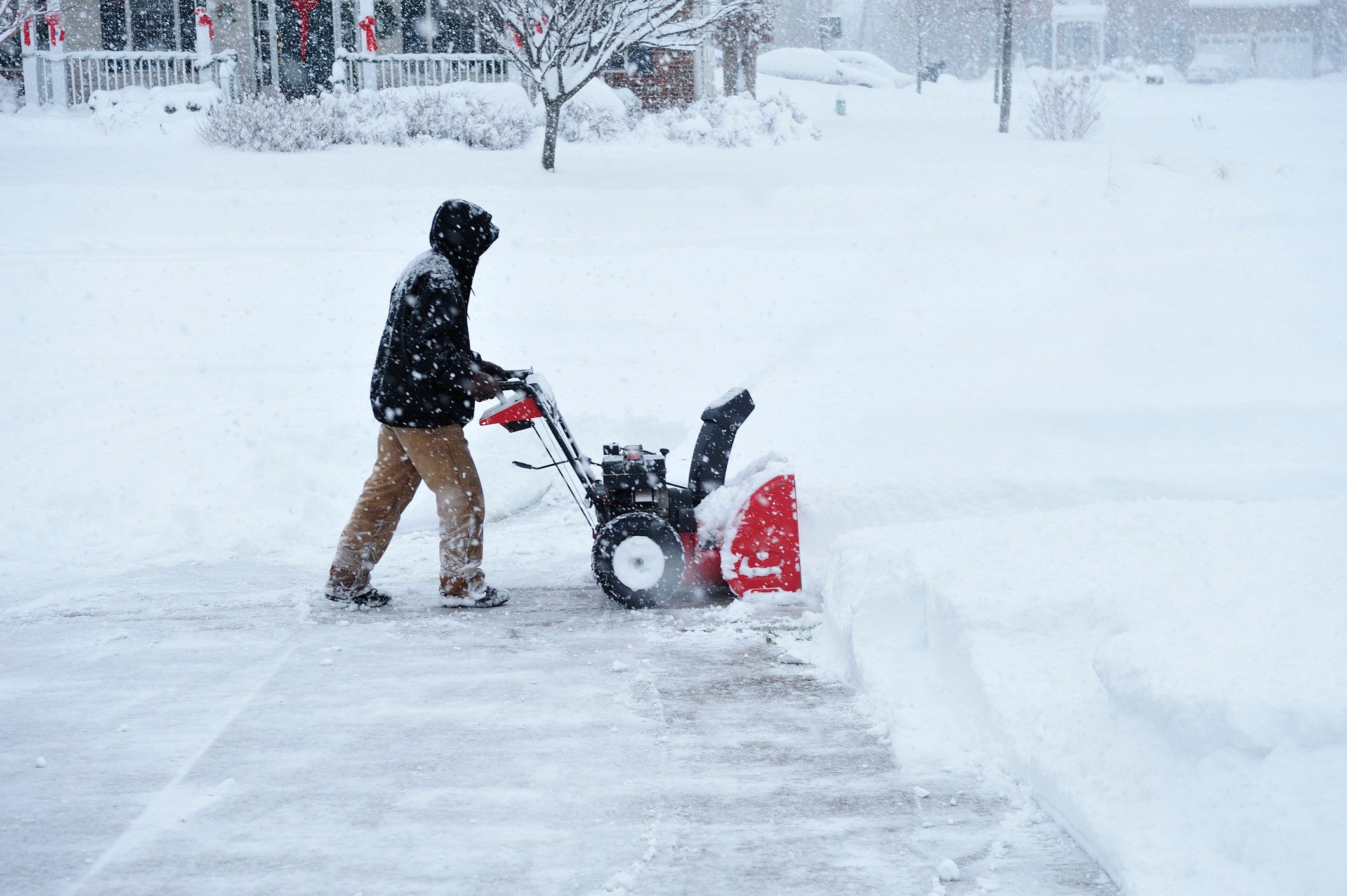
Can You Use a Snowblower for a Long Driveway?
Ever wondered if a snowblower is the right fit for your sprawling driveway? Join us as we uncover the pros, cons, and exciting alternatives for snow and ice management.
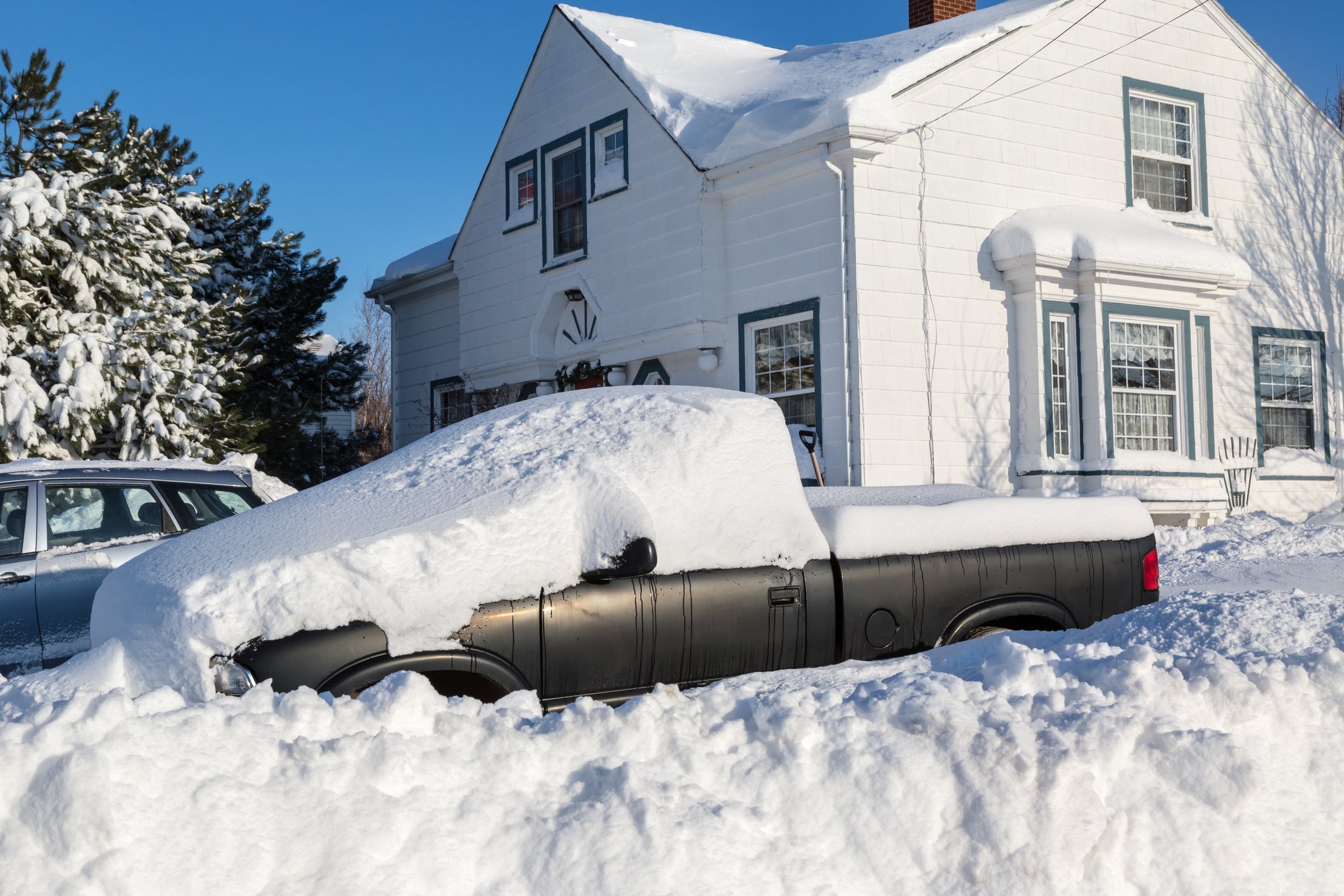
How to Remove Snow from a Driveway Without a Shovel
Ever wondered if there's a world where snow removal doesn't require hours of shoveling? Dive into diverse methods that might just change your winter mornings!
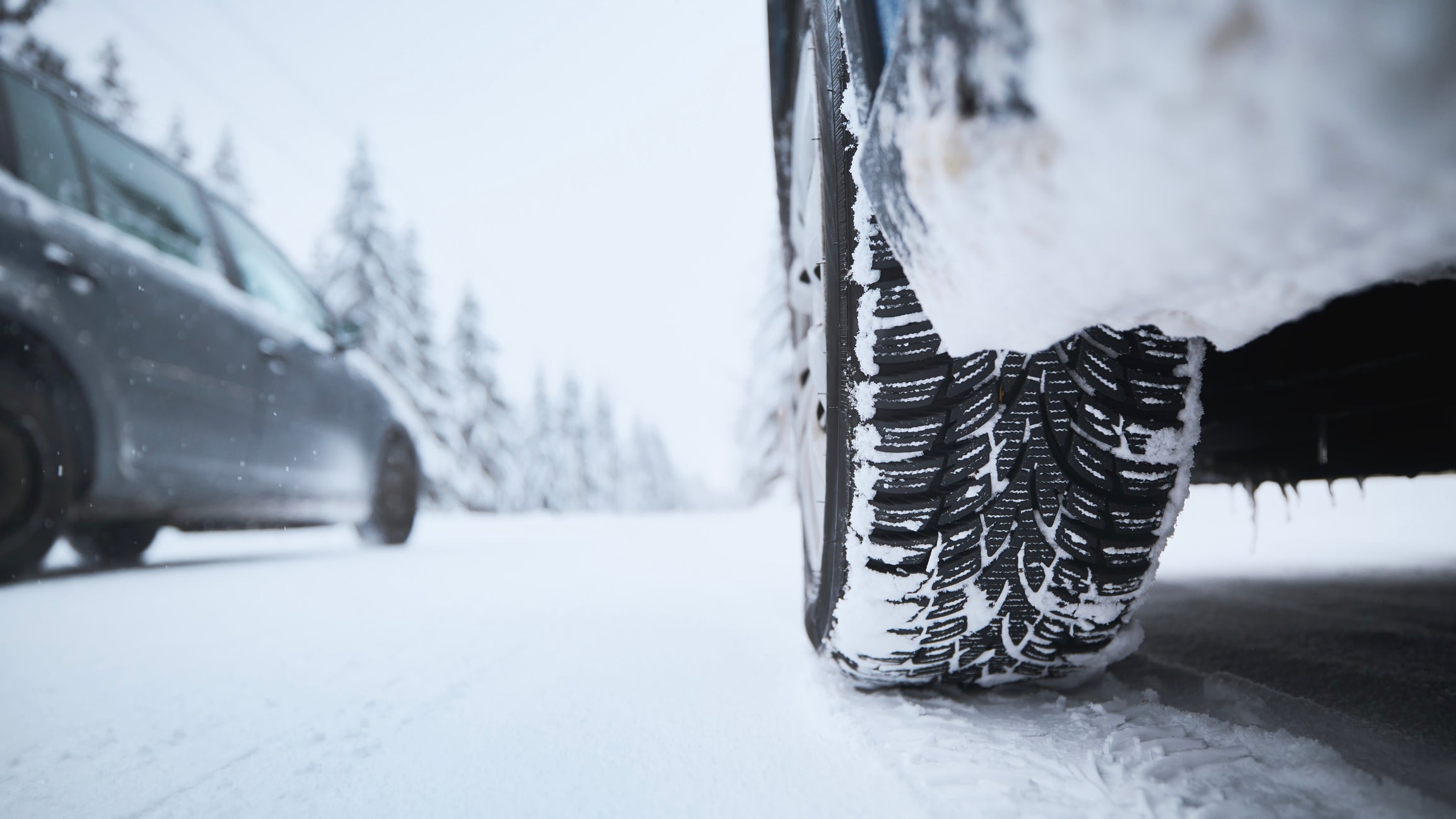
Can You Drive On Snow Melting Mats?
Ever wondered if your vehicle can roll over those snow melting mats without a hitch? Learn about the unique designs tailored for both pedestrian areas and driveways. Can all mats handle the pressur...
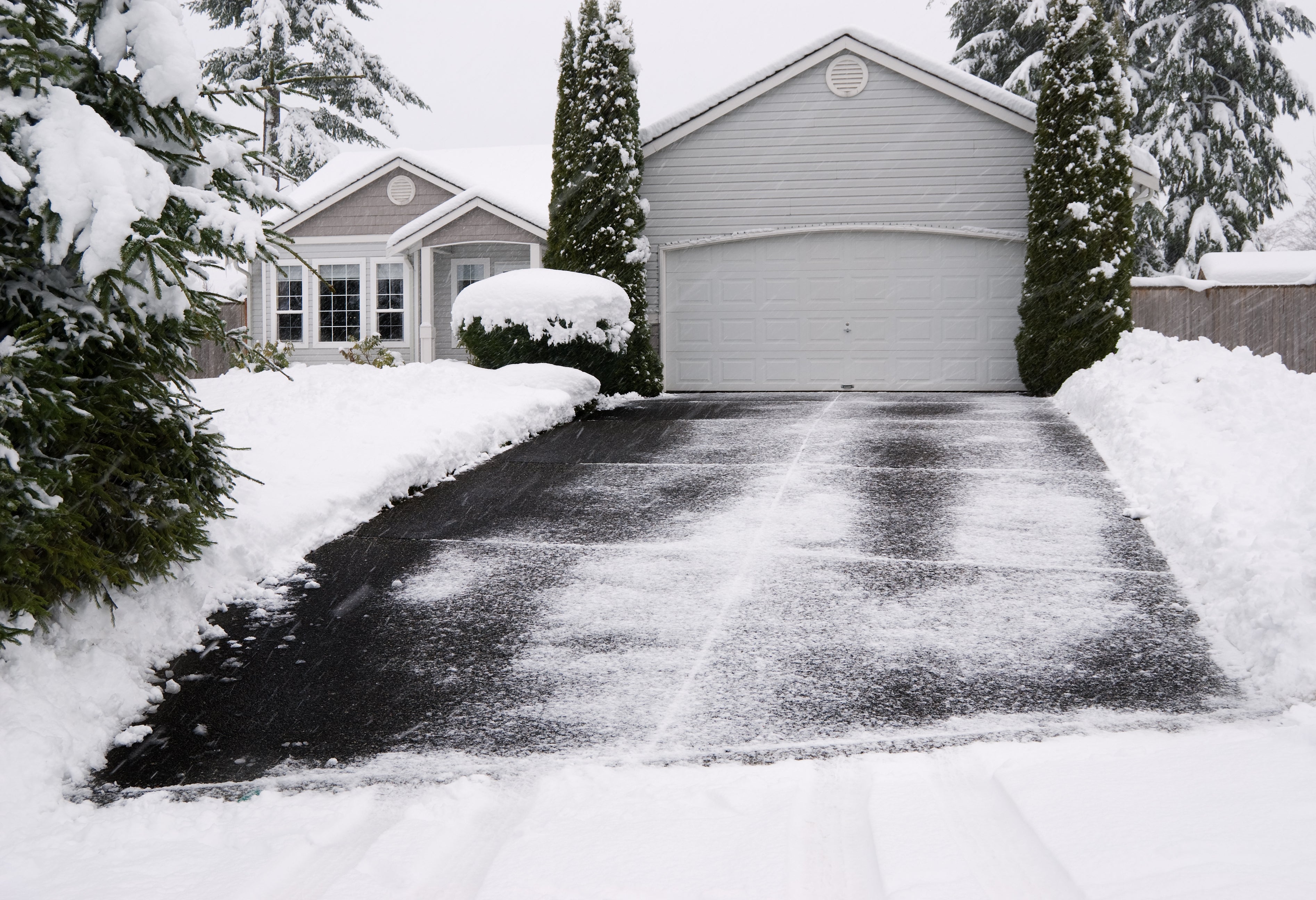
Heated Driveway Cost vs HeatTrak Snow Melting Systems: A Comparative Guide on Costs and Benefits
Explore the heated driveway cost and benefits in our comparison guide. Learn why HeatTrak Snow Melting Mats offer a more affordable, efficient solution.
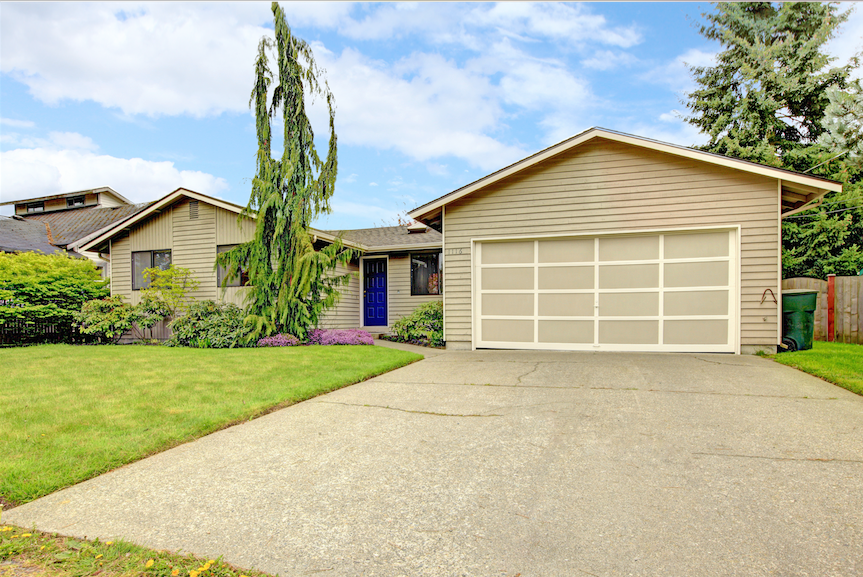
7 Things You Never Knew Were Ruining Your Driveway
When it comes to owning a home, driveways are kind of a big deal. They’re one of the first things people see when they arrive, and they’re generally used multiple times a day. That’s why destroyin...

Got Gravel? Removing Snow from a Gravel Driveway
Snow removal can take over your winter – it is time-consuming, and can be back-breaking work, depending on the storm. And when your driveway is made of gravel, you must take extra care to make sur...
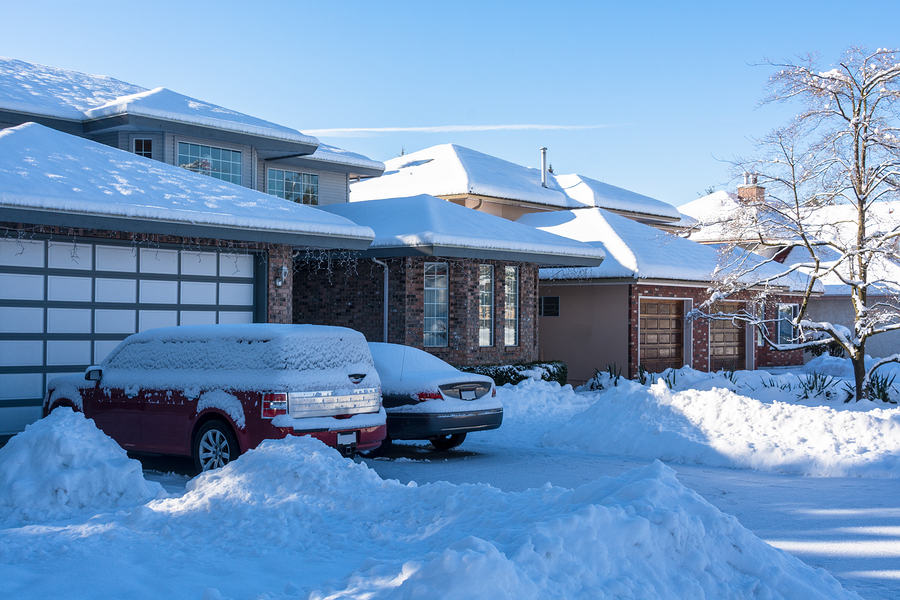
What’s Better: Snow Melting Mats or Heated Driveways?
While both heated snow melting mats and heated driveways are effective, they differ in other aspects that are definitely worth considering. In order to make the best, most informed choice, let’s ta...
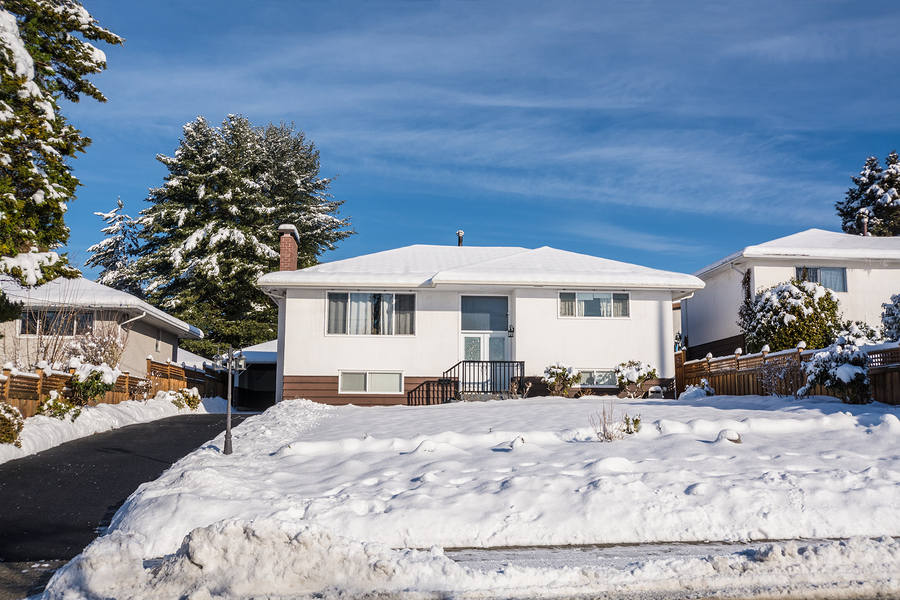
How to Deal with a Steep Driveway during Winter
To avoid slip-and-fall accidents or slide-offs in your vehicle, it’s worthwhile to spend some time considering the best snow-melt system for your steep driveway. Asking these questions should help ...
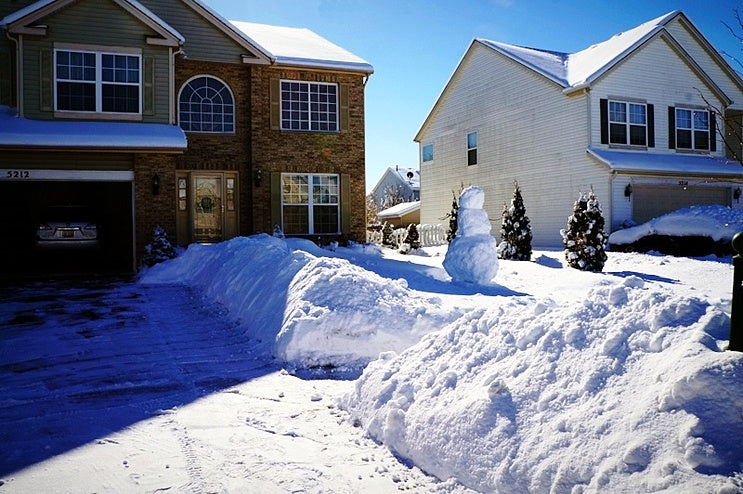
The Benefits and Drawbacks of Heated Driveways
When it comes to heated driveways, there are both pros and potential cons of installing either an electric coil or hydronic heated driveway. Let's review them and also take a look at an exciting ne...
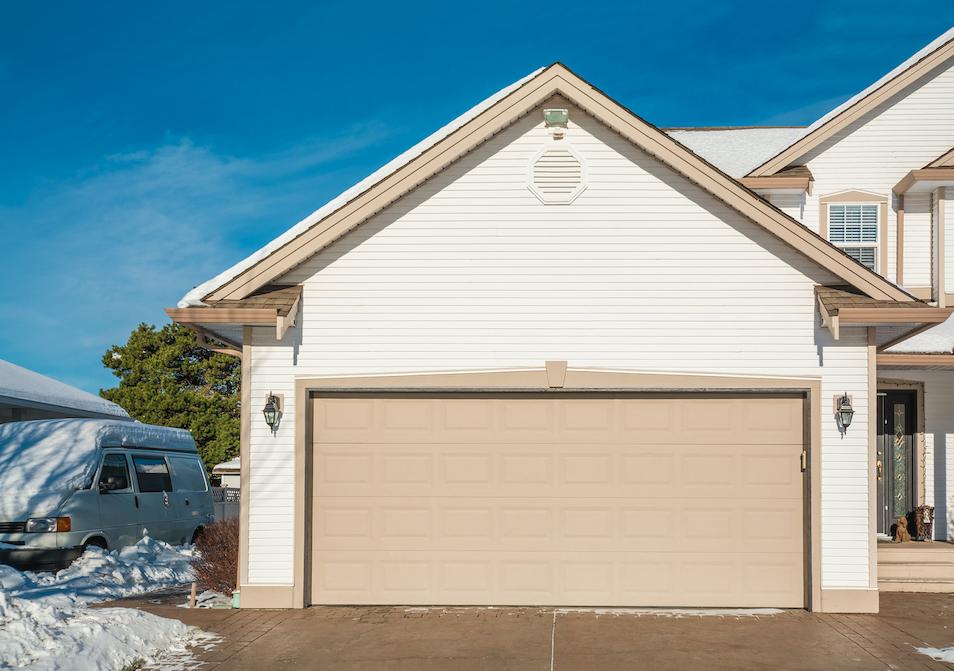
Should You Install a Heated Driveway?
Harsh winter storms, snow and ice accumulations, black ice, shoveling and de-icing: It’s enough to make a homeowner seriously consider installing a heated driveway. The idea sounds tempting, but ho...
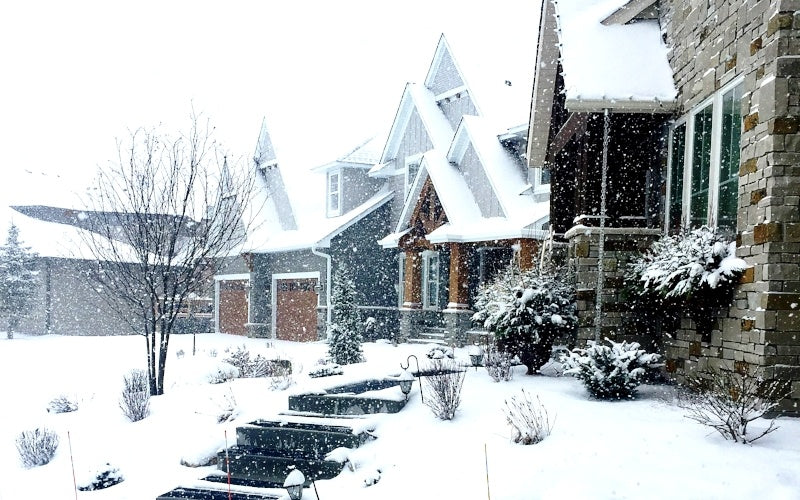
How to Melt Snow and Ice Without Damaging Your Walkway From Salt
Outdoor walkways, whether a simple path connecting your driveway to your main entryway or a winding backyard path that lets you more fully enjoy your landscaping, add value and usability to your ho...
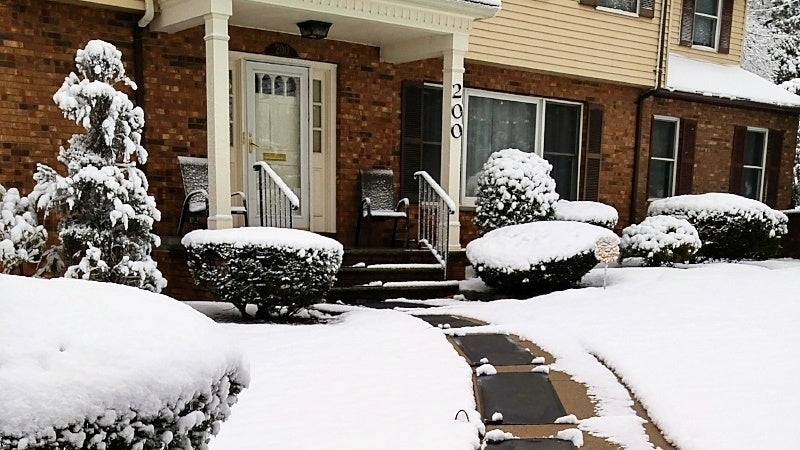
How to Melt Snow and Ice Without Damaging Your Driveway From Salt
Every winter, homeowner's in the northern half or so of the United States and all around Canada face the dilemma of how to rid their driveways of snow/ice build-up without doing any damage in the p...
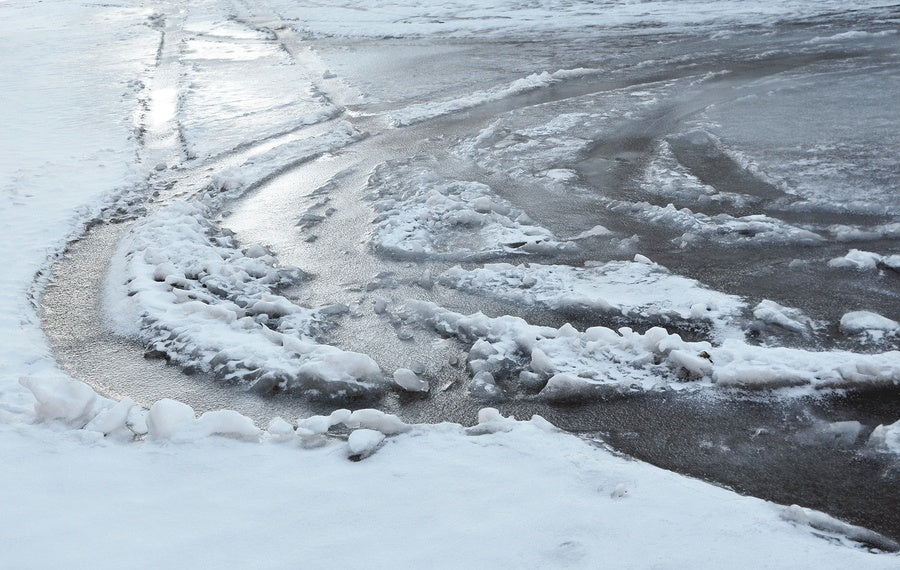
How to Get Rid of Black Ice on Your Driveway
Winter inevitably brings with it the danger of encountering black ice as you drive out on the public highways, and the last thing you need is for black ice to "follow you home" and make pulling int...
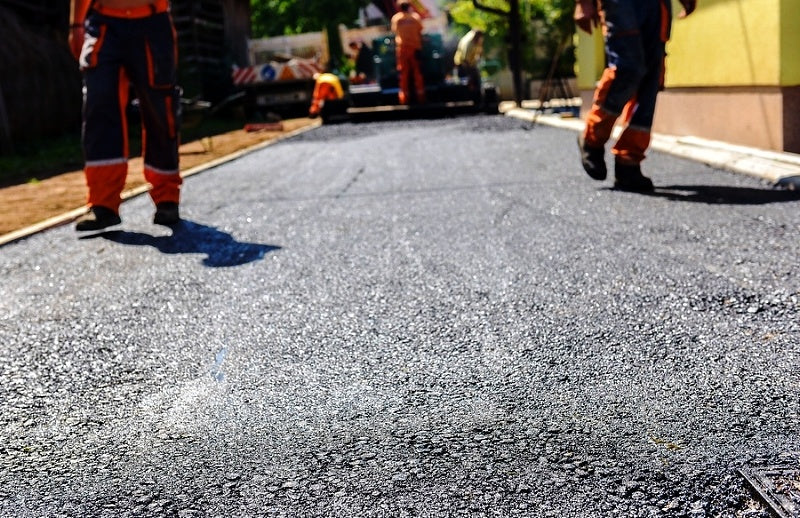
Everything You Need to Know About Heated Driveways
As winter approaches, at least in the more northerly portions of the U.S., many homeowners find themselves longing for a way to make snow and ice removal fast and easy, and heated driveway systems ...

Can Rock Salt Damage an Asphalt or Concrete Driveway?
Rock salt (sodium chloride) is one of the most damaging substances that will ever contact your concrete driveway. It accelerates the deterioration caused by winter's freeze-thaw cycles and shortens...